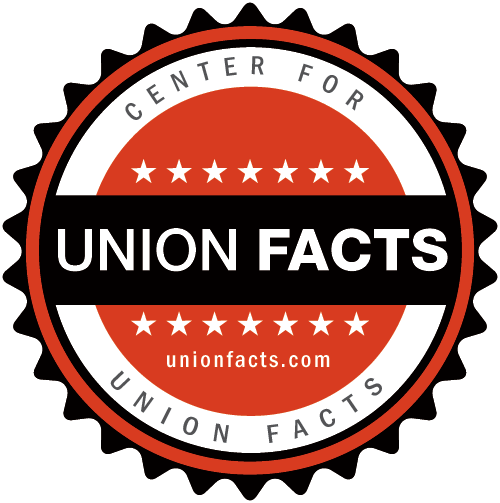Death by 23,000 Cuts and the Failure of Self-Governance
Over 50 years after Congress passed the LMRDA, the nature of union corruption has changed. In the 1950s, corruption often operated from the top down. Sen. McClellan’s Committee focused on national union leaders’ unscrupulous practice of taking trusteeship of local unions to exploit their assets and launder money.
While top-down corruption should not be ruled out, it has proven to be the exception in recent corruption investigations. Instead, corruption persists across the union movement, often occurring in small locals, which have less oversight or control of their assets.
The Senate’s reliance on union self-governance is the LMRDA’s greatest weakness. While the Act grants the Secretary of Labor jurisdiction to investigate a union “when he believes it necessary in order to determine whether any person has violated or is about to violate any provision of this Act,” it is unique amongst regulatory statues in that it does not provide any provision for imposing civil penalties. Instead, it only authorizes the Secretary of Labor to pursue lengthy, expensive, and typically non-punitive civil injunctive relief or refer investigations to criminal prosecutors.
Read Next: Defiance, not Deterrence

